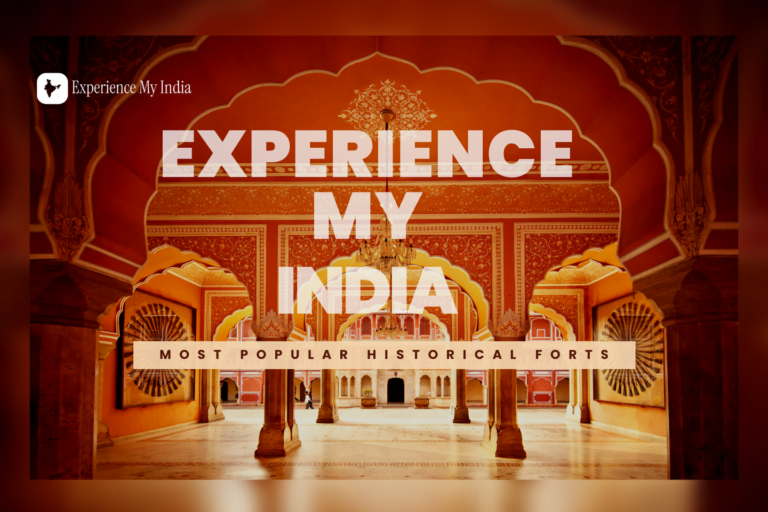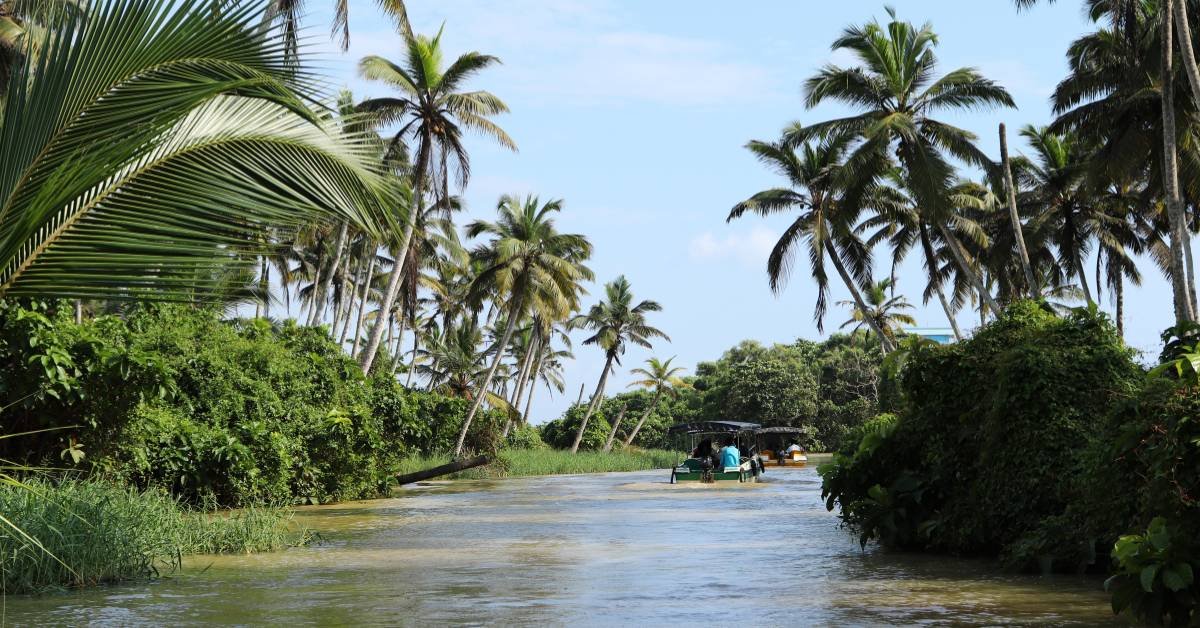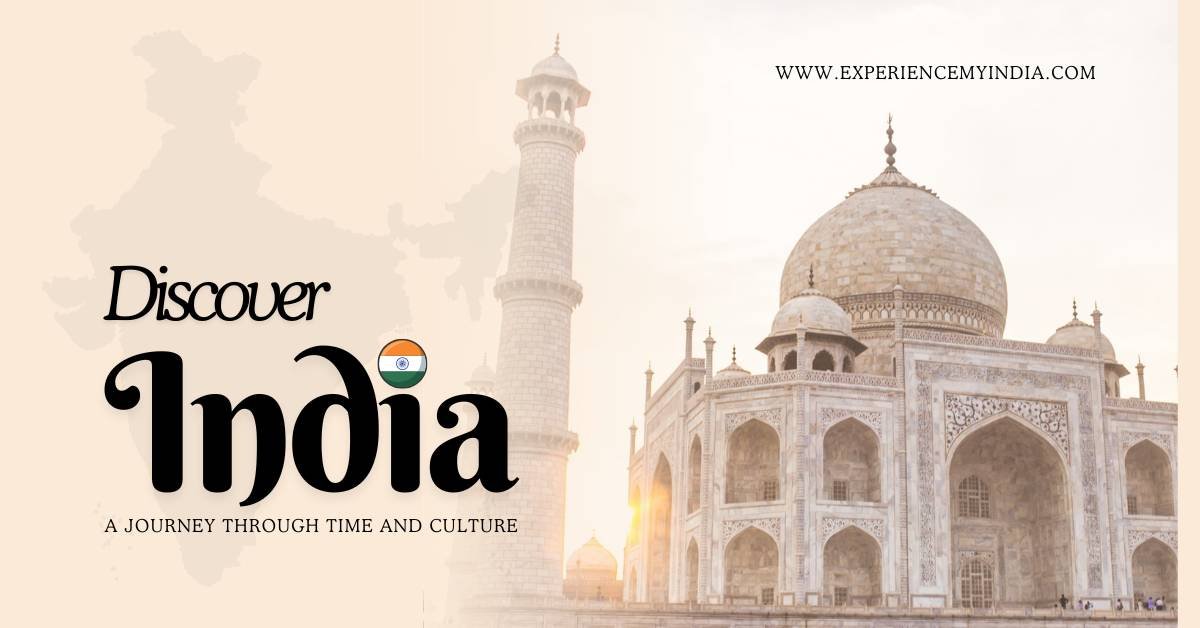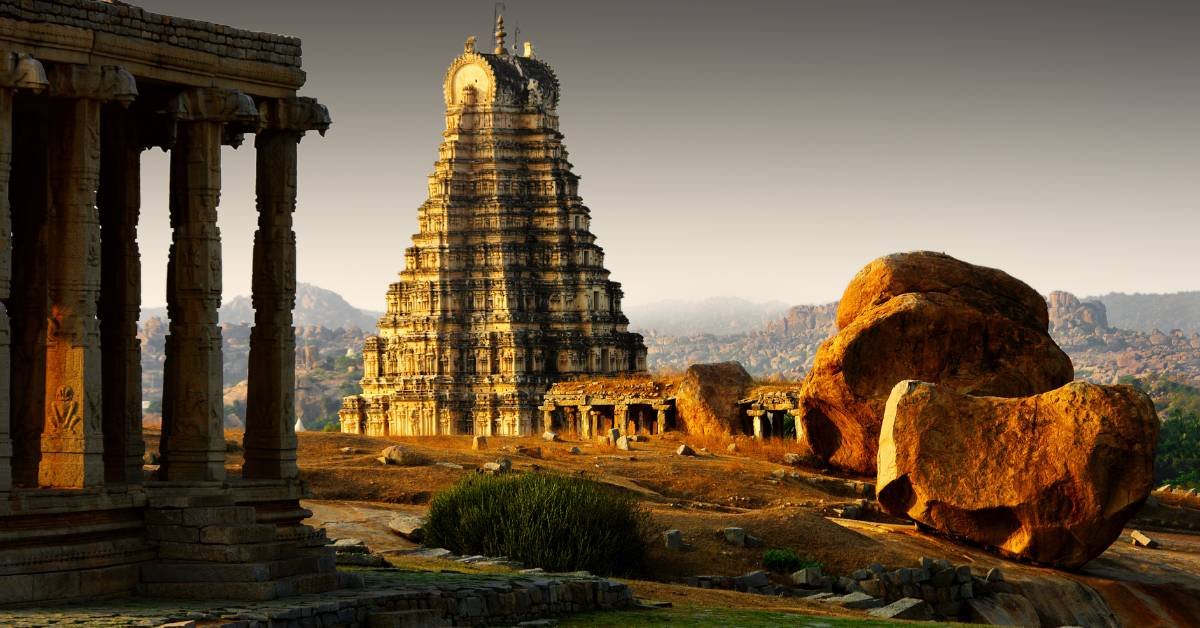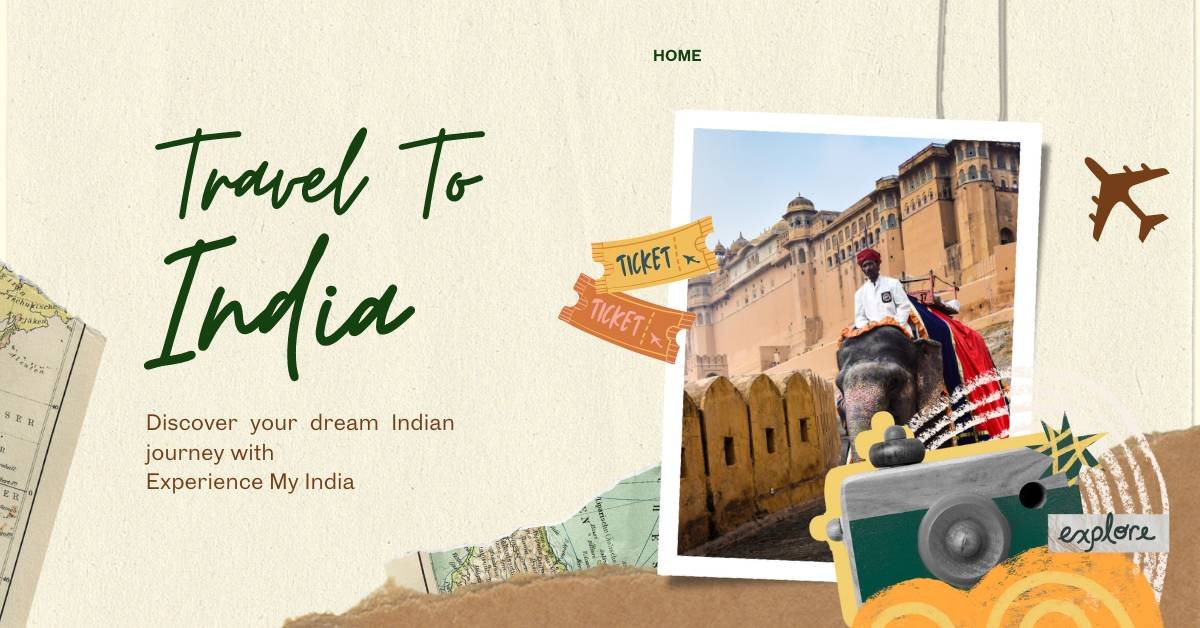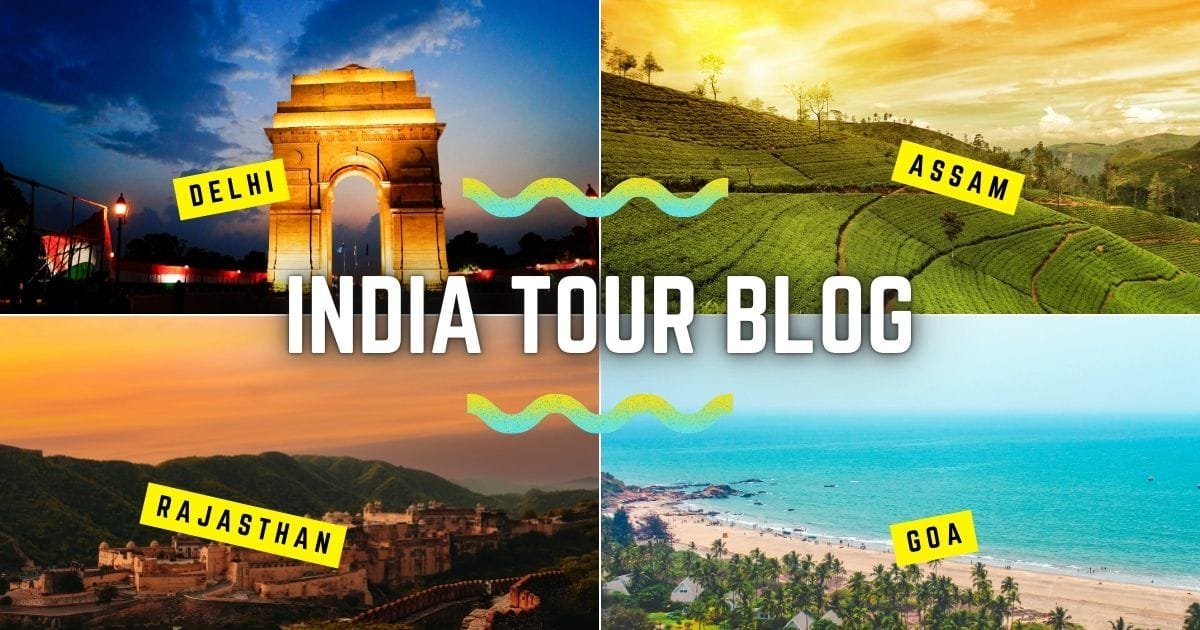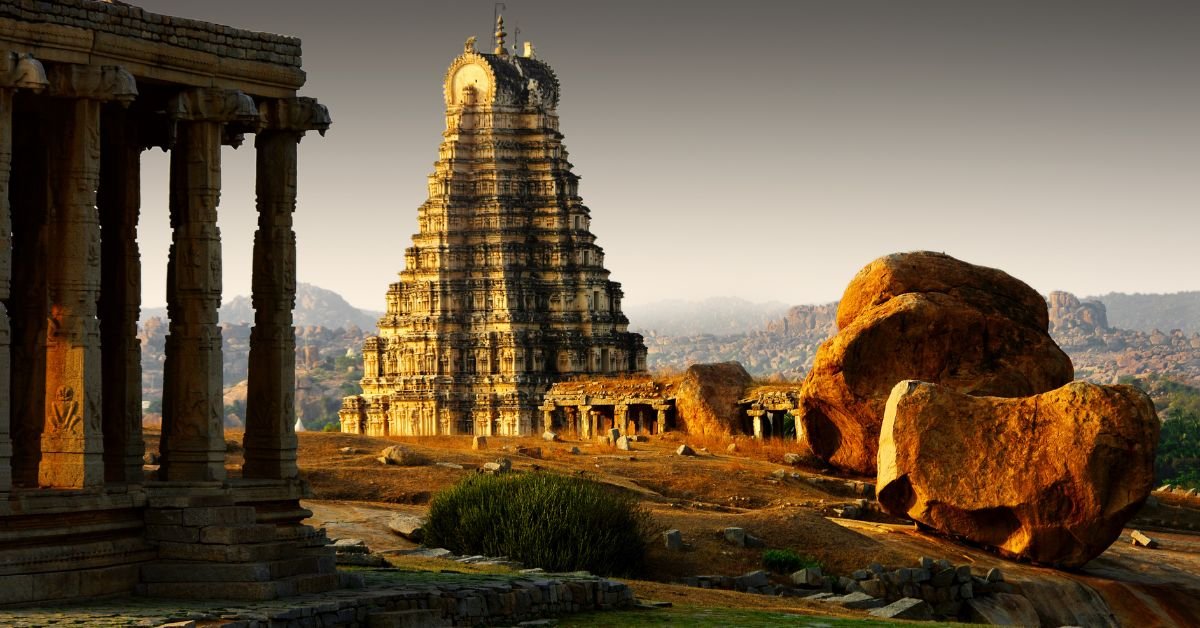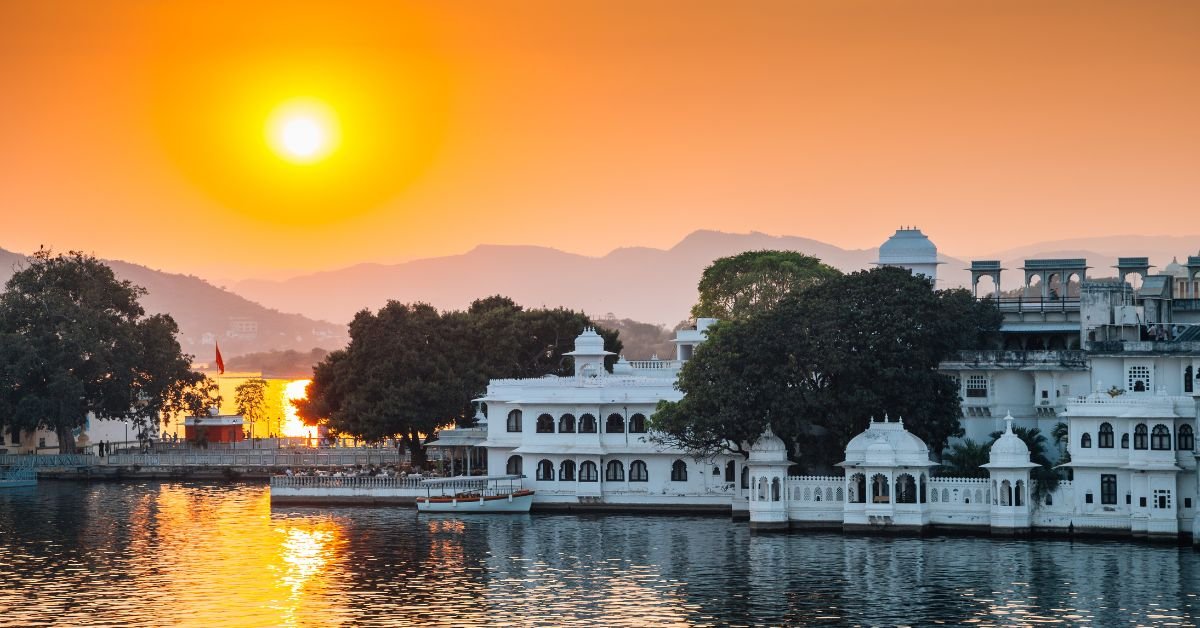India's 42 UNESCO World Heritage Places represent the pinnacle of the nation's cultural, historical, and natural heritage. As Experience My India, we specialize in crafting immersive journeys to these extraordinary UNESCO World Heritage Places in India. This guide explores eight of the most remarkable sites, providing detailed insights to help you plan your visit.
1. The Taj Mahal (1983) – Epitome of Mughal Architecture
The Taj Mahal stands as India's most iconic UNESCO World Heritage Places, attracting over 8 million visitors annually. Built by Emperor Shah Jahan between 1632-1653 as a mausoleum for his wife Mumtaz Mahal, this white marble wonder took 22 years to complete with a workforce of 20,000 artisans.
The architectural brilliance lies in its perfect symmetry and intricate craftsmanship. The main structure uses translucent white Makrana marble inlaid with 28 types of precious and semi-precious stones in exquisite pietra dura work. The complex includes a mosque, guest house, and formal gardens following the charbagh layout.
For visitors, sunrise (around 7AM) offers the most magical viewing experience when the marble appears pinkish. The monument undergoes continuous conservation, with an annual maintenance budget exceeding $1 million to combat environmental damage.

2. Khajuraho Group of Monuments (1986) – Medieval Temple Artistry
The Chandela dynasty built these remarkable temples between 950-1050 CE, originally constructing 85 temples of which 20 survive today. Spread across 6 square kilometers, the temples are divided into three groups: Western, Eastern, and Southern.
The Western Group contains the magnificent Kandariya Mahadev Temple, standing 31 meters tall with 872 sculptures. The Eastern Group features important Jain temples like Parsvanath, while the Southern Group includes the later-period Duladeo Temple.
What makes Khajuraho unique are the thousands of meticulously carved sculptures depicting all aspects of life - from celestial beings to scenes of daily activities. The erotic sculptures, constituting just 10% of the total artwork, represent the celebration of human relationships in ancient Indian philosophy.

3. Hampi (1986) – Vijayanagara Empire's Capital
Once the thriving capital of the 14th-16th century Vijayanagara Empire, Hampi's ruins now spread across 4,100 hectares with over 1,600 surviving structures. The site includes magnificent temples, royal complexes, markets, and aquatic structures.
The Virupaksha Temple has been continuously functioning since the 7th century. The Vittala Temple complex houses the iconic stone chariot and musical pillars that produce 81 different notes when tapped. Recent excavations have revealed underground temples and an advanced water management system using aqueducts and tanks.
The boulder-strewn landscape creates dramatic vistas, especially from Matanga Hill at sunset. Local coracle boat rides on the Tungabhadra River offer unique perspectives of the riverside ruins.
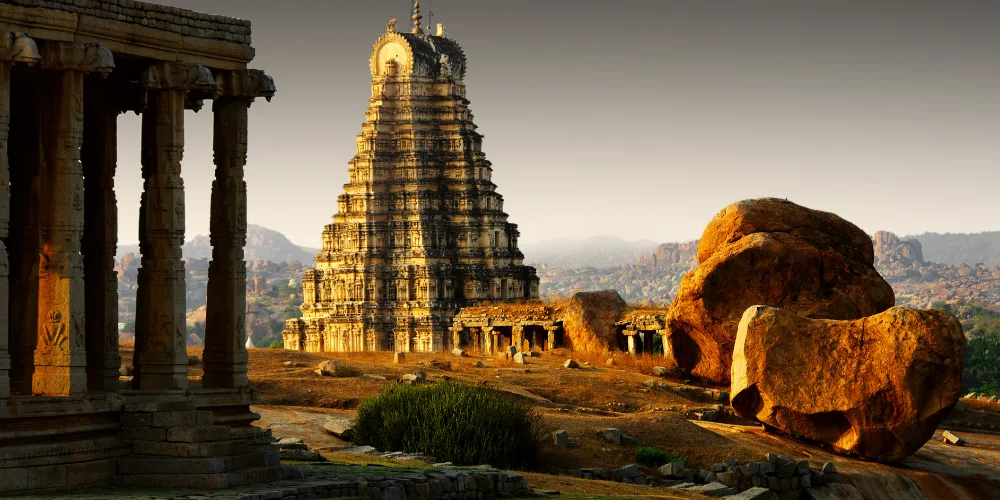
4. Ajanta & Ellora Caves (1983) – Rock-Cut Masterpieces
These cave complexes showcase 800 years of continuous artistic evolution from the 2nd century BCE to 10th century CE. The 30 Buddhist caves at Ajanta are renowned for their exquisite fresco paintings depicting Jataka tales, created using natural pigments on prepared plaster surfaces.
Ellora's 34 caves present a remarkable religious harmony, with Buddhist, Hindu, and Jain monuments coexisting. The crowning glory is the Kailasa Temple (Cave 16), a monolithic structure carved top-down from a single basalt cliff, requiring removal of 200,000 tons of rock.
Conservation efforts focus on controlling humidity to preserve the fragile paintings and preventing salt erosion in the sculptures. The caves demonstrate sophisticated ancient engineering, with elaborate water harvesting systems and ventilation shafts.

5. Sundarbans National Park (1987) – Unique Ecosystem
The Sundarbans form the world's largest mangrove forest, spanning 10,000 km² across India and Bangladesh. This dynamic ecosystem, shaped by daily tides, supports exceptional biodiversity including the famous Royal Bengal Tigers adapted to aquatic life.
The park protects about 96 tigers that have developed unique swimming and hunting behaviors. Other notable species include the endangered Ganges River Dolphin, Estuarine Crocodiles, and over 260 bird species. The mangroves' dense root systems create a vital buffer against cyclones and tsunamis.
Ongoing research monitors climate change impacts on this fragile ecosystem. Responsible tourism practices include limited boat safaris with trained guides to minimize disturbance to wildlife.

6. Konark Sun Temple (1984) – Architectural Marvel
Built in the 13th century by King Narasimhadeva I, this temple is designed as a colossal chariot for the sun god Surya. The structure features 24 elaborately carved wheels (each 3 meters in diameter) and seven stone horses, representing the sun's chariot in Hindu mythology.
The temple demonstrates advanced engineering with its iron-free interlocking architecture. The wheels function as precise sundials, while the main sanctum was designed so the first rays of sunrise would illuminate the deity. The temple's collapse remains a subject of research, with theories ranging from structural miscalculations to natural disasters.

7. Qutub Minar Complex (1993) – Delhi's Icon
The 73-meter Qutub Minar, started in 1199 by Qutub-ud-din Aibak and completed in 1368, represents the early Indo-Islamic architecture in India. The minaret's five distinct stories showcase evolving architectural styles through different rulers.
The complex includes several significant structures:
- The Iron Pillar, dating back to 4th century CE, which has resisted rusting for over 1600 years
- Alai Darwaza, considered the first true dome built in India
- The ruins of Quwwat-ul-Islam Mosque, built using materials from 27 Hindu and Jain temples
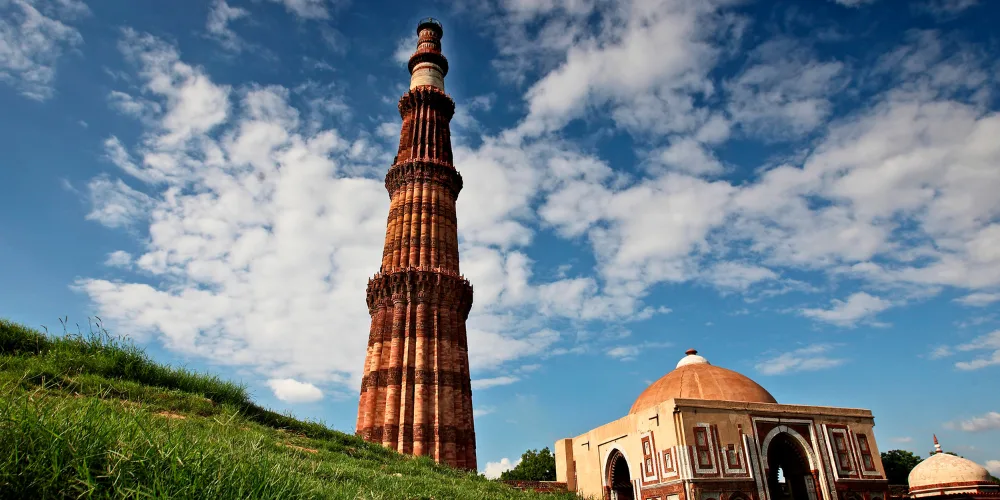
8. Great Living Chola Temples (1987-2004) – Dravidian Masterpieces
This serial site comprises three magnificent temples showcasing the peak of Chola architecture:
- Brihadeeswarar Temple (Thanjavur): Built by Rajaraja I in 1010 CE, featuring a 216-foot vimana (tower) and a massive 80-ton granite capstone.
- Gangaikonda Cholapuram Temple: Constructed by Rajendra I in 1035 CE, known for its elegant 9-story gopuram and exquisite bronze sculptures.
- Airavatesvara Temple (Darasuram): A later Chola masterpiece (12th century) with intricate carvings depicting dance postures and mythological scenes.
These temples continue as active places of worship while preserving ancient rituals, music, and dance traditions. The Cholas' advanced engineering included hidden passages, acoustic systems, and earthquake-resistant foundations.
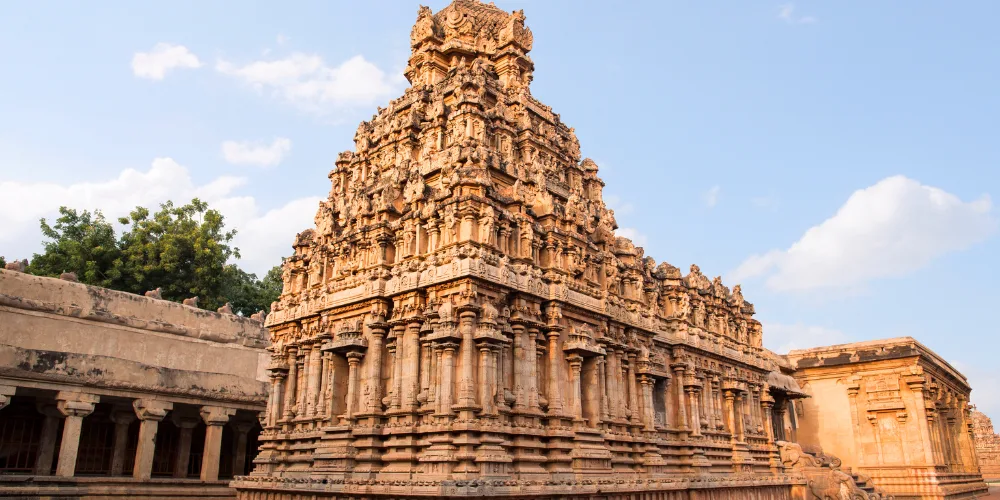
FAQs About UNESCO Places in India
- Which UNESCO site receives the most visitors?
The Taj Mahal attracts over 8 million visitors annually, making it India's most visited UNESCO site. - How are these sites protected and maintained?
Each site has a dedicated conservation team employing traditional techniques and modern technology, with funding from the Archaeological Survey of India and UNESCO. - Can you visit multiple UNESCO sites in one trip?
Yes, our "Golden Triangle & More" tour covers Taj Mahal, Qutub Minar, and Jaipur's Jantar Mantar in 7-10 days. - What are the entry fees for foreign tourists?
Fees range from ₹500-1,100 per site, with some offering combined tickets for multiple monuments. - Which site is best for understanding ancient Indian science?
Jantar Mantar in Jaipur showcases 18th-century astronomical instruments still accurate today. - Are guided tours available at all sites?
Yes, certified guides are available at every location, with multilingual options at major sites. - What conservation challenges do these sites face?
Issues include environmental pollution, structural stress from tourism, and natural weathering. - Which site offers the best wildlife experience?
Sundarbans National Park provides unique opportunities to spot mangrove-adapted tigers and other wildlife. - How does UNESCO designation help these sites?
It provides international recognition, access to conservation funds, and technical expertise. - What's the best season to visit most UNESCO sites?
October to March offers pleasant weather across most of India for heritage exploration.
Final Thoughts
India's UNESCO World Heritage Places offer unparalleled insights into the subcontinent's glorious past, from ancient engineering marvels to living cultural traditions. At Experience My India, we design tours that bring these wonders to life through expert guides, carefully planned itineraries, and responsible tourism practices. Each visit supports ongoing conservation efforts while creating unforgettable travel experiences.
Ready to explore India's extraordinary heritage? Contact us to plan your personalized UNESCO journey today.


